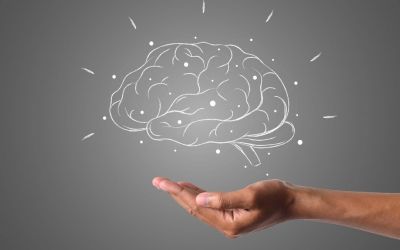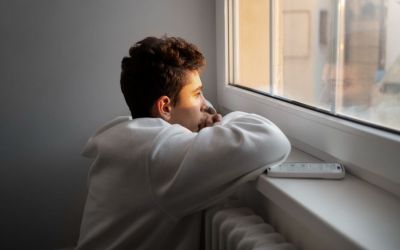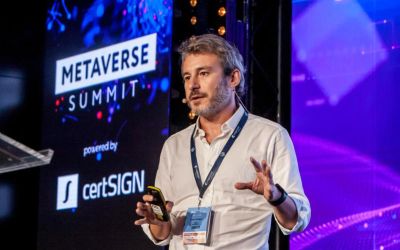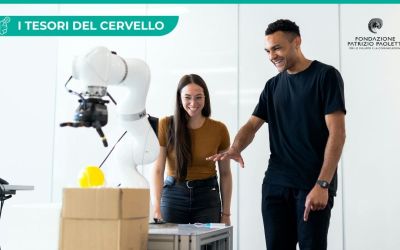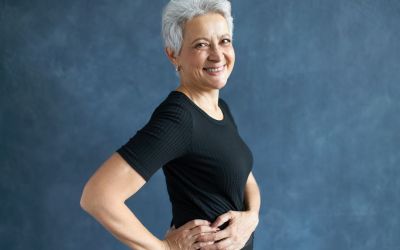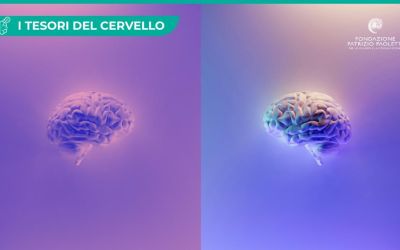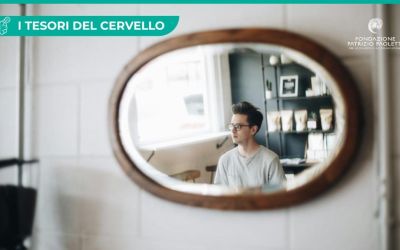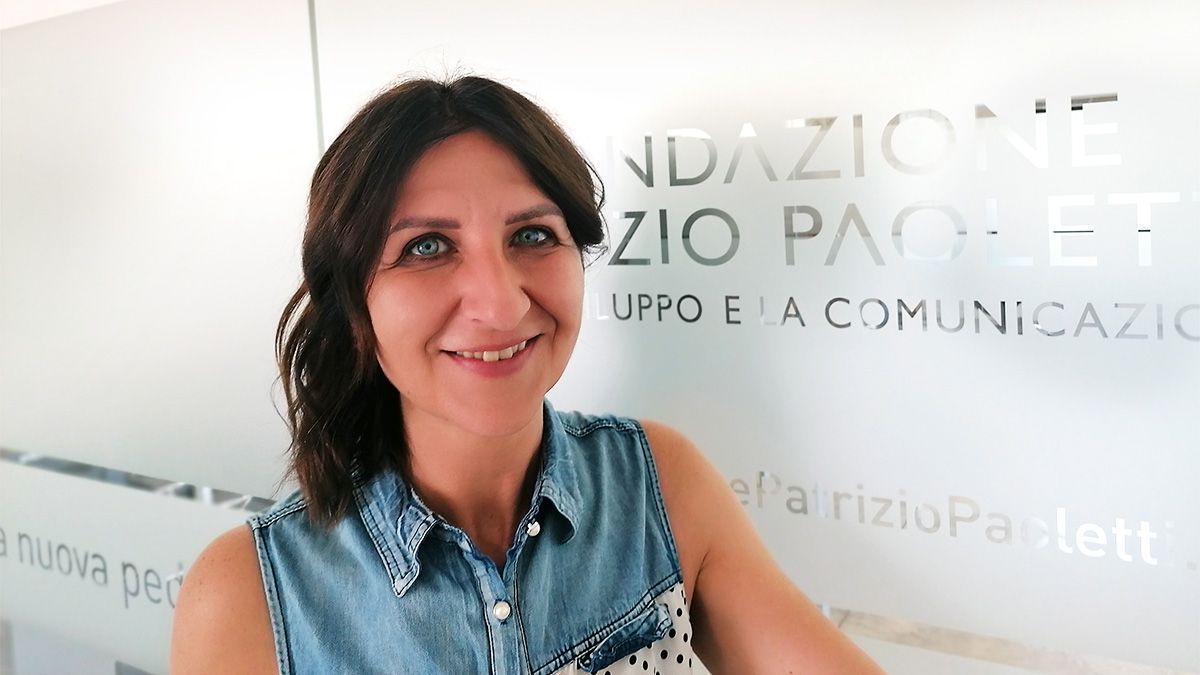
L’educazione basata sulle neuroscienze per realizzare il nostro potenziale
Intervista a Elena Perolfi, Responsabile progetti formativi
In questa intervista a Elena Perolfi, Responsabile dei progetti educativi e formativi della Fondazione, scopriamo come cresce il cervello di un bambino tra neurosviluppo, sinaptogenesi ed educazione e come Fondazione Patrizio Paoletti applica queste conoscenze nella sua prassi educativa con i più piccoli.
Oggi sappiamo che i processi di neurosviluppo, con i quali il cervello assume la sua organizzazione, iniziano durante la gestazione e proseguono nel primo periodo dopo la nascita e che la sinaptogenesi, cioè la formazione di nuove connessioni tra neuroni, prosegue per tutta la vita ed è influenzata dall’esperienza. Come la Fondazione Patrizio Paoletti applica queste conoscenze nella sua prassi educativa con i più piccoli?
La portata pedagogica di questa conoscenza è enorme! Ci chiediamo se sia in nostro potere influenzare la crescita e lo sviluppo del cervello. La Pedagogia per il Terzo MillennioPedagogia per il Terzo Millennio (PTM) è un metodo interdis... Leggi (PTM) risponde di sì. Questo metodo pedagogico nato dal lavoro di Patrizio Paoletti e della sua équipe sostiene che l’educazione sia il processo stesso della vita e lo svolgimento di tale processo deve portare alla realizzazione piena e completa dell’individuo.
Il “lavoro” pedagogico della Fondazione si basa quindi in primo luogo sull’adulto. L’adulto, genitore, insegnante, educatore, è lo strumento più prezioso immaginabile per la vita evolutiva di un bambino. In accordo con Rita Levi Montalcini, lavoriamo pedagogicamente per innalzare la “consapevolezza” di adulti prima, e bambini poi, a divenire “consapevoli delle facoltà in loro possesso”.
Per fare esperienza di tutto questo con i più piccoli, realizziamo percorsi strutturati per sostenere i genitori a comprendere sempre meglio le necessità che i bambini e gli adolescenti incontrano nelle diverse fasi della loro crescita. Il nostro Family Training ha coinvolto centinaia di famiglie da tutto il mondo: un ambiente/contesto strutturato e preparato meticolosamente, dove i genitori prendono riferimenti pratici di una relazione educativa in cui vivono e trovano risposta i temi più importanti per l’educazione di un bambino. Rivolto direttamente ai bambini ed ai ragazzi, il progetto Assisi International School, la prima scuola bilingue in Italia che affianca la PedagogiaPer capire cos’è la pedagogia, diamo una definizione di q... Leggi per il Terzo Millennio al Metodo Montessori con Curriculum Cambridge Assessment International Education.
È strutturata, dall’infanzia alla secondaria, con un itinerario didattico in grado di condurlo alla scoperta delle proprie capacità e talenti, portandolo al progressivo dominio delle discipline, cioè alla conquista di abilità procedurali e modalità di pensiero che si traducono poi in competenze. Nell’autunno 2023 apriremo il Nido d’infanzia Assisi International School Perugia per bambini dagli zero ai tre: inglese, outdoor education, l’integrazione didatticaLa didattica non è semplicemente l’atto di insegnare, ma ... Leggi dei materiali e del metodo Montessori e la stimolazione delle Intelligenze MultipleHoward Gardner ha individuato inizialmente sette forme di in... Leggi.
Tutti i nostri progetti, in ogni contesto, anche quelli più sfidanti, sono realizzati su base neuroscientifica. Perché sappiamo che specifici stimoli strutturati possono supportare lo sviluppo del cervello e lo proteggono, sono prevenzione!
Hai citato l’ambiente, puoi dettagliare il concetto secondo la prospettiva di Pedagogia per il Terzo Millennio?
Questo concetto è un concetto meraviglioso, vastissimo. Quando in un percorso di crescita il bambino ed il ragazzo sono veramente al centro, quando si ripone in loro la giusta fiduciaLa fiducia, un'emozione cruciale nel tessuto delle relazioni... Leggi, quando l’adulto si mette in giocoIl gioco non è solo un'attività di svago, ma un elemento f... Leggi ed offre il meglio di sé, quando il suo agire educativo è frutto di una organizzazione intenzionale di pensieri, emozioniLe emozioni sono risposte psicofisiologiche complesse che ci... Leggi ed azioni… ecco che abbiamo, naturalmente, un “ambiente educanteL'ambiente educante è un concetto che si riferisce all'ambi... Leggi”. Un ambiente dove il bambino sa, perché ne fa esperienza, di essere competente; si sente libero e sicuro, pronto a sfidare in sicurezza i propri limiti e le proprie paure accompagnato da adulti di riferimento che lo sostengono nelle sue scoperte e curiositàLa curiosità è un'emozione fondamentale che si manifesta c... Leggi.
Ma sono partita dalla fine… ritorno all’inizio, all’ambiente inteso nel senso più comune: l’ambiente esteriore, lo spazio. Il pedagogista Loris Malaguzzi ha definito l’ambiente come “terzo educatore”, che gioca un ruolo decisivo nel determinare la qualità degli apprendimenti. Maria Montessori parla dell’ambiente come “maestro di indipendenza e di autonomia” e compito nostro è lavorare alla sua “preparazione meticolosa”, per dirlo in maniera ancor più precisa con Patrizio Paoletti: creare le condizioni perché l’apprendimentoIl termine apprendimento - con i sinonimi imparare, assimila... Leggi possa manifestarsi. Quando PTM parla di “ambiente educante” parla di tutto questo, ed intende con ‘ambiente’ anche qualcosa di meno visibile: oltre all’ambiente esteriore, c’è l’ambiente interiore.
Se la preparazione di un luogo fisico è fondamentale, se l’intenzione che vi pongo è determinante, ancora di più lo sarà la preparazione delle stanze interiori. Fare ordine, rendere visbile ciò che desideriamo, fissare il nostro proposito in modo chiaro, mantenersi collegati con la nostra aspirazione, rimuovere, sospendere o arginare tutto ciò che per il bambino è “pericoloso”, selezionando quindi le emozioni, organizzando il nostro fare. Facendo esperienza di questo, nel sapere e nella pratica, l’adulto diventa testimone, e diviene, diveniamo, tutti, capaci di offrire ai bambini che ci sono affidati, alle nuove generazioni, la possibilità di operare questa azione a loro volta in se stessi: insegnare quindi ai bambini ad ospitare in sé pensieri, emozioni, abitudini selezionati, volontariamente ed, ancora più in questo caso, “meticolosamente” curati. Includiamo non solo la scienza del fuori, ma anche la scienza “del dentro”, unendo e interconnettendo armonicamente l’ambiente interiore con quello esteriore.
La consapevolezza dell’importanza del nostro “mondo interiore” va innalzata a livello individuale e sociale.
Quali sono le ultime novità dalla ricerca applicata alla formazione di Fondazione Patrizio Paoletti, i progetti in corso, le pubblicazioni per approfondire?
L’indagine che guida il lavoro del nostro Istituto di Ricerca per le Neuroscienze, Educazione e Didattica è focalizzata sulla individuazione di modelli pratici e teorici nella conoscenza che promuovano il benessere e la salute cognitiva, fisica, psicologica ed emotiva dall’infanzia all’età adulta. A proposito di questo nostro obiettivo, parlando di ricerca applicata alla formazione, parto da un dato, scientifico, che per noi è di vitale importanza: l’ultimo rapporto Unicef, che ci racconta che stiamo vivendo una emergenza senza precedenti, e questa emergenza riguarda i ragazzi. In Europa 9 milioni di adolescenti tra i 10 e i 19 anni convivono con un disturbo legato alla salute mentaleCosa si intende per salute mentale? Secondo l'Organizzazione... Leggi e il suicidio Attenzione! Le voci del Glossario di Fondazione Patrizio P... Leggi è la seconda causa di morte tra i giovani. Questo dato è sconvolgente, è uno specchio dolorosissimo per la nostra società, è una domanda per noi, cui dobbiamo rispondere.
La pandemia, la gestione della stessa, il post- Pandemia hanno generato isolamento, tensioni familiari, perdita di reddito. E di tutto questo i bambini e ragazzi portano il peso. La ricerca più recente ci dice, ascoltando proprio i ragazzi, che la famiglia, la scuola, gli amici, il tessere e mantenere relazioni positive e di fiducia caratterizzate da gratitudineLa gratitudine, un'emozione positiva legata al riconosciment... Leggi a casa, a scuola e negli ambienti che vivono (reali e virtuali) costituiscono dei punti di riferimento sicuri a cui far riferimento in situazioni di sofferenza e pericolo.è+
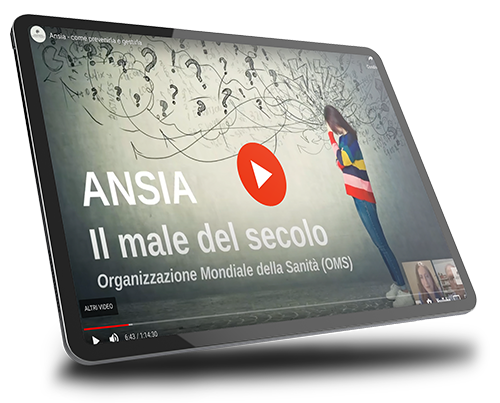
ANSIA
Guarda il webinar e scopri come prevenirla e gestirla negli adolescenti
"*" indica i campi obbligatori
Come lo usiamo nella formazione?
Negli ultimi due anni abbiamo incontrato oltre trentamila genitori, educatori ed insegnanti con la nostra formazione gratuita, pensata e fortemente voluta, per sostenere la cittadinanza in questo momento storico caratterizzato da questa fortissima crisiLa parola crisi evoca immagini di instabilità, difficoltà ... Leggi relazionale, sociale ed educativa. Ed in particolare proprio nella relazione educativa e nella possibilità di essere sempre più vigili e supportivi verso bambini e ragazzi. Quindi nel processo di “educare e auto-educarsi” alla consapevolezza di sé, alla scoperta delle proprie risorse interioriCosa sono le risorse interiori e perché sono fondamentali? ... Leggi che sono strumenti di contrasto e prevenzione, e possono e devono essere trasferiti, conosciuti ed applicati.
Il recente evento formativo appena conclusosi è stato come sempre gratuito ed aperto a tutti e dedicato all’indagine su cosa accade nel cervello dei ragazzi, perché sì, il cervello degli adolescenti è strutturalmente diverso. Per esempio, le emozioni hanno una corsia preferenziale rispetto al pensiero, per cui gli impulsi emotivi superano in velocità il ragionamento. Come orientare allora la relazione educativa? Quali strumenti allora possono mettere in campo gli adulti di riferimento? Anche alla luce dei difficilissimi dati sull’adolescenzaPer adolescenza si intende il periodo di transizione dalla f... Leggi di cui parlavamo prima, sappiamo quanto le emozioni dei nostri ragazzi vadano attenzionate con la massima competenza possibile, con azioni orientate, e con tutto l’amoreL'amore, un'emozione profondamente coinvolgente e significat... Leggi e la cura di cui siamo capaci.
Paoletti P. (2008), Crescere nell’eccellenza, Armando Editore;
Paoletti P. (2020) La vita nelle tue mani, Infinito Edizioni;
Malaguzzi, Loris (1996) I cento linguaggi dei bambini-The hundred languages of children, Edizioni Reggio Children
Montessori, Maria (1950, ed. 2017) La scoperta del bambino, Garzanti;
Montalcini, Rita Levi (1995) Il tuo futuro, Garzanti;
Panksepp J., Biven L. (2012), The Archeology of Mind. Neuroevolutionary Origins Of Human Emotions, New York, W.W. Norton & Company (tr. it. Archeologia della mente. Origini neuroevolutive delle emozioni umane, Milano, Cortina, 2014).
Ben-Zur, H. (2003). Happy adolescents: The link between subjective well-being, internal resources, and parental factors. Journal of youth and adolescence, 32, 67-79.
Caprara, G. V., Steca, P., Gerbino, M., Paciello, M., & Vecchio, G. M. (2006). Looking for adolescents’ well-being: Self-efficacy beliefs as determinants of positive thinking and happiness. Epidemiology and psychiatric sciences, 15(1), 30-43.
Gottlieb, R., & Froh, J. (2019). Gratitude and happiness in adolescents: A qualitative analysis. In Scientific concepts behind happiness, kindness, and empathy in contemporary society (pp. 1-19). IGI Global.
Heizomi, H., Allahverdipour, H., Jafarabadi, M. A., & Safaian, A. (2015). Happiness and its relation to
psychological well-being of adolescents. Asian journal of psychiatry, 16, 55-60.
Lim, S. A., You, S., & Ha, D. (2015). Parental emotional support and adolescent happiness: Mediating roles of self-esteem and emotional intelligence. Applied Research in Quality of Life, 10, 631-646.
Lukoševičiūtė, J., Argustaitė-Zailskienė, G., & Šmigelskas, K. (2022). Measuring happiness in adolescent samples: a systematic review. Children, 9(2), 227.
Rana, S., Hariharan, M., Nandinee, D., & Vincent, K. (2014). Forgiveness: Forgiveness:A Determinant of Adolescents’ Happiness
MacLean P.D. (1982), On the Origin and Progressive Evolution of the Triune Brain, Primate Brain Evolution pp. 291-316
Sii parte del cambiamento. Condividere responsabilmente contenuti è un gesto che significa sostenibilità
Alleniamo l'intelligenza emotivaLa prima definizione di Intelligenza Emotiva in quanto tale ... Leggi: che emozione ti suscita questo articolo?
